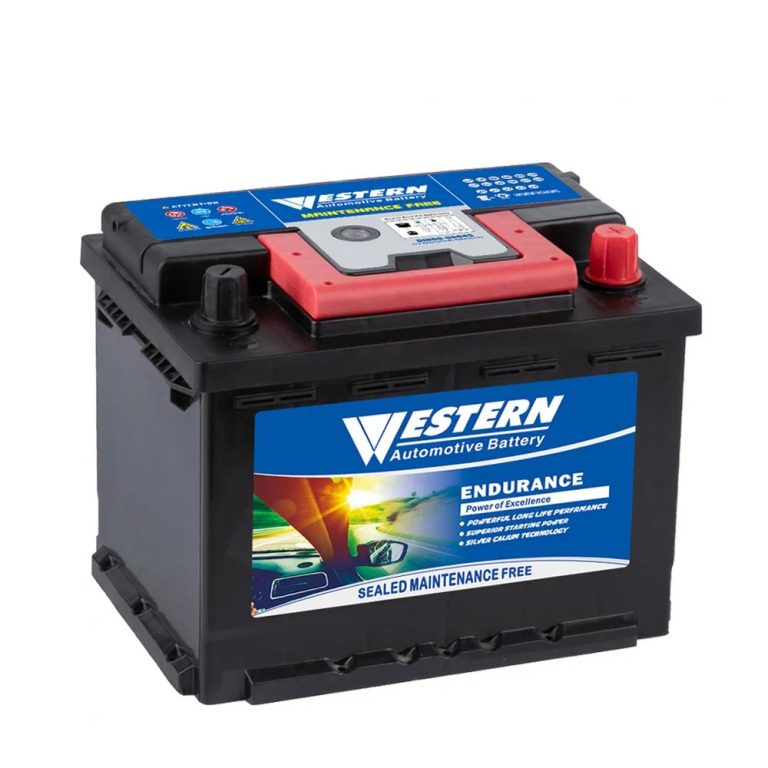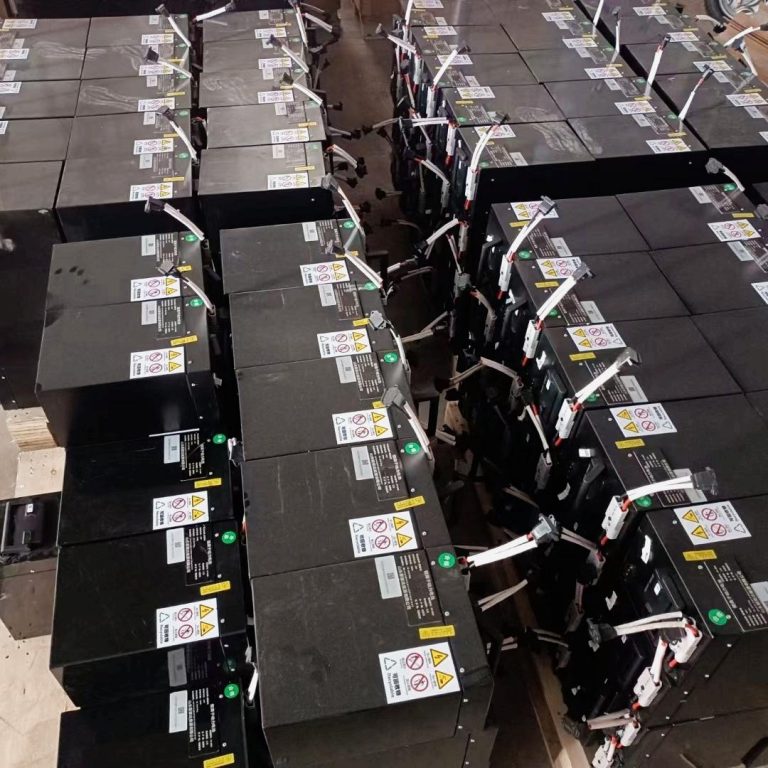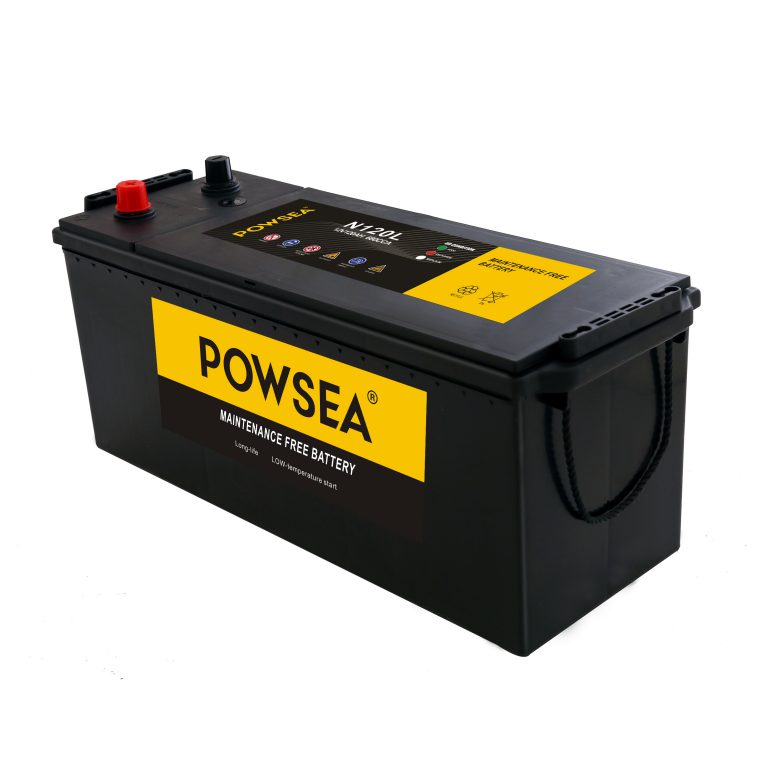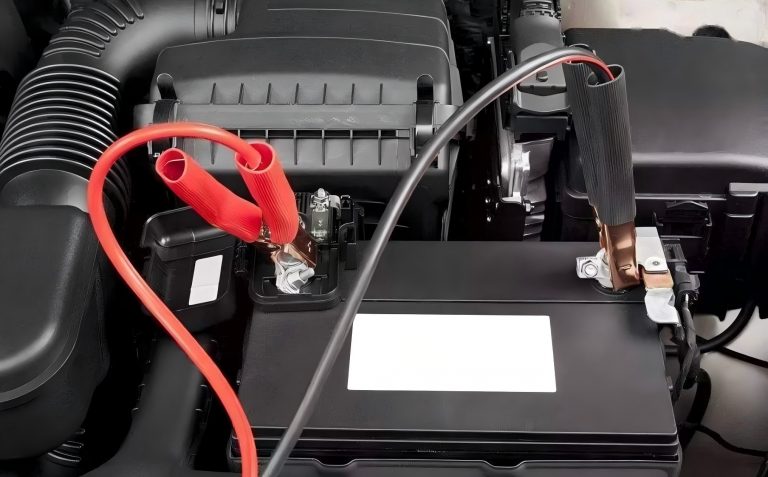Can You Charge a 12V Battery with a 6V Charger? The Right Way to Charge Your Battery
When your 12V battery runs out of power, but you don’t have a 12V charger, you might wonder:
- Can I use a 6V charger to charge my 12V battery?
- What happens if I use a charger with a voltage higher than 12V, like 24V?
- What are the risks of using the wrong charger, and how can I fix the battery if I already made a mistake?
In this guide, we’ll go beyond the simple yes/no answer and dive into practical solutions. Whether you’re dealing with car batteries, solar power systems, or DIY electronics, you’ll learn:
- Why a 6V charger won’t charge a 12V battery.
- Safe ways to charge a 12V battery if you don’t have a 12V charger.
- The tools you need for proper battery maintenance.
- The dangers of using a charger with a voltage too high or too low.
- How to fix a battery that was charged incorrectly.
Can You Charge a 12V Battery with a 6V Charger?
No, you cannot. A 6V charger does not provide enough voltage to charge a 12V battery.
Why Not?
Batteries charge based on the principle that the charging voltage must be higher than the battery voltage for current to flow into the battery.
- A 12V lead-acid battery typically requires 13.8V to 14.4V to charge properly.
- A 6V charger only provides 6V, which is far below the required charging voltage.
What Happens If You Try?
- If your battery is already at 12V, a 6V charger won’t do anything—there is no voltage difference to push current into the battery.
- If your battery is deeply discharged (e.g., at 8V), a 6V charger might supply a tiny amount of current, but it will be too weak to fully charge the battery.
- The charging process, if it happens at all, will be extremely slow and ineffective.
What If You Use a Charger with More Than 12V, Like 24V?
Using a charger with a voltage higher than 12V is even worse.
If you use a 24V charger on a 12V battery, you may cause:
- Overheating – Excessive current flow can cause the battery to overheat, damaging its internal structure.
- Electrolyte Loss – In lead-acid batteries, excessive voltage causes the electrolyte to evaporate, shortening battery life.
- Battery Swelling or Explosion – If too much voltage is applied, internal pressure can build up, causing leaks, bulging, or even an explosion.
Clearly, a 6V charger is too weak, and a 24V charger is too strong. So what can you do if you don’t have a 12V charger?
How to Charge a 12V Battery Without a 12V Charger
If you don’t have a dedicated 12V charger, here are some alternative ways to safely charge your battery:
1. Use an Adjustable DC Power Supply
If you have an adjustable DC power supply, you can manually set the output to 13.8V – 14.4V and use it to charge the battery.
- ✅ Best for: Experienced users, DIY enthusiasts.
- ⚠️ Caution: Monitor the current to avoid overheating or overcharging the battery.
2. Charge Using a Car’s Alternator
If your 12V battery is a car battery, you can jump-start the vehicle and let the alternator recharge the battery.
Steps:
- Start the car.
- Use jumper cables to connect the discharged battery to the car’s running battery.
- Let the engine run for 10–30 minutes to charge the battery.
- ✅ Best for: Car owners, emergency charging.
- ⚠️ Caution: This works best when the battery isn’t completely dead.
3. Use a Solar Panel and Charge Controller
If you have a solar power system, you can use a solar charge controller to charge your 12V battery.
- The solar charge controller will regulate voltage and prevent overcharging.
- ✅ Best for: Off-grid systems, backup power users.
What You Need to Safely Charge a 12V Battery
To maintain your battery properly, you should have:
1. A Smart 12V Battery Charger (Recommended)
- Intelligently adjusts voltage and current to prevent overcharging.
- Compatible with different battery types (lead-acid, lithium, AGM, etc.).
2. An Adjustable DC Power Supply (For Advanced Users)
- Allows precise control over charging voltage.
3. Jumper Cables & a Running Vehicle (For Car Batteries)
- Helps charge a weak battery quickly.
4. A Solar Charge Controller + Solar Panel
- Works well for off-grid charging.
What Happens If You Use the Wrong Charger?
If you accidentally used the wrong charger on your 12V battery, here’s what to do:
Scenario 1: You Used a 6V Charger – Battery Didn’t Charge
✅ Solution: Switch to a proper 12V charger and charge the battery correctly.
Scenario 2: You Used a 24V Charger – Battery Overheated or Swelled
⚠️ Immediate action required!
- Stop charging immediately.
- If the battery feels hot, let it cool down before handling it.
- If the battery leaked fluid or bulged, it’s likely permanently damaged and should be replaced.
Scenario 3: The Battery Is Over-Discharged (Below 10V)
✅ Recovery Method:
- Use a slow-charging mode (1A or lower) to gradually bring the voltage back up.
- Some smart chargers have a “recovery mode” that can revive weak batteries.
The Right Way to Charge a 12V Battery
✅ A 6V charger cannot charge a 12V battery—it lacks the necessary voltage.
⚠️ A 24V charger is too strong and can damage or destroy the battery.
🔋 If you don’t have a 12V charger, try using an adjustable power supply, a car’s alternator, or a solar charger.
⚡ Always use a smart charger to prevent overcharging, undercharging, or overheating.
💡 If you made a mistake with the wrong charger, take corrective action immediately to prevent further damage.
By following the right charging methods, you’ll extend your battery’s lifespan and keep your devices running safely. 🚗

















